Table of Contents
Dumbbells vs Barbells: Unveiling the Iron Warriors of Your Fitness Odyssey
Ah, the eternal struggle of gym-goers everywhere: dumbbells versus barbells. It’s not just about lifting weights; it’s about choosing the tool that will sculpt your strength and define your fitness journey. Like warriors preparing for battle, each piece of equipment offers its own set of advantages, beckoning you to wield them in pursuit of your ultimate fitness goals.
Dumbbells, with their versatile charm and ability to finesse every muscle group, promise a workout experience that’s as dynamic as it is effective. They’re the Swiss army knives of the gym, ready to adapt to any exercise routine, whether you’re toning up at home or squeezing in a quick workout between meetings. Think of them as your personal trainers, guiding you through circuits, isolations, and rehabilitative exercises with ease.
On the other hand, barbells are the stalwart companions of serious strength seekers and powerlifters alike. Picture yourself under the weight of iron plates, summoning every ounce of strength to conquer gravity itself. Barbells mean business – they’re the backbone of heavy lifting, compound movements, and muscle mass gains. They’re your ticket to bench press triumphs, squatting feats, and deadlift victories that redefine your limits.
So, which path will you choose in your quest for fitness greatness? Join us as we unravel the intricacies of dumbbells and barbells, exploring their unique benefits, efficiency hacks, and the specific scenarios where each shines brightest. Whether you’re a newbie navigating the gym landscape or a seasoned lifter looking to optimize your routine, understanding these iron warriors will empower you to sculpt your physique, crush your goals, and revel in the strength you build along the way. Let’s dive in and discover which tool will become your trusted ally in the pursuit of a stronger, healthier you!
Versatility- Dumbbells For The Win
When it comes to versatility, both dumbbells and barbells offer unique advantages that cater to different aspects of strength training. However, it should be evident that their smaller, compact form as the anvils of the fitness world makes their utilization and incorporation into different exercises far easier than that of a barbell. Understanding these differences can help you decide which equipment is best suited for your workout goals.
Dumbbells
Dumbbells are highly versatile and can be used for a wide range of exercises targeting various muscle groups. They allow for unilateral training, which helps address muscle imbalances by working each limb independently. Exercises like dumbbell presses, rows, and curls are just a few examples of the extensive possibilities with dumbbells. Their compact size also makes them ideal for home gyms with limited space.

Barbells
Barbells, on the other hand, are perfect for compound movements that engage multiple muscle groups simultaneously. They are the go-to choice for exercises like squats, deadlifts, and bench presses, which are essential for building overall strength and muscle mass. Barbells typically allow for heavier lifting compared to dumbbells, making them ideal for strength progression and powerlifting.
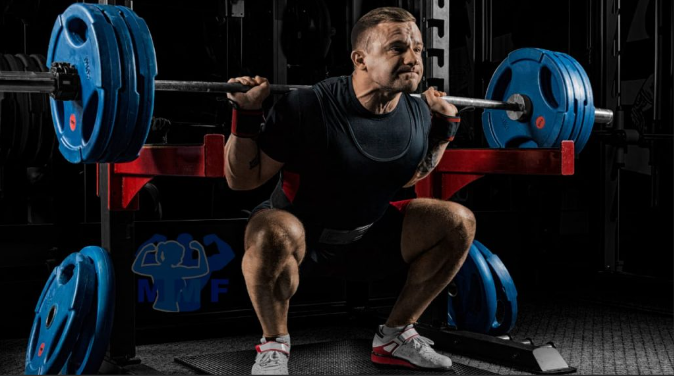
Conclusion
In the debate of dumbbells vs barbells, both offer remarkable versatility but in different ways. Dumbbells excel in providing a wide variety of exercises and addressing muscle imbalances, while barbells are unmatched for compound movements and heavy lifting. Depending on your fitness goals and workout space, you might find one more suitable than the other, or even a combination of both for a well-rounded training regimen.
Muscle Activation: Dumbbell Victory
Muscle activation is a crucial factor in choosing the right equipment for your workouts. However, the compactness of dumbbells works in favor once again, as more stabilization muscles are utilized to provide greater muscle activation in a way that barbells fundamentally lack. Understanding how dumbbells and barbells affect muscle engagement can help you optimize your training for better results.
Dumbbells
Dumbbells offer a unique advantage in muscle activation by requiring more stabilization during exercises. This increased need for balance and control means that smaller stabilizer muscles are engaged alongside the primary muscles. For example, when performing a dumbbell bench press, each arm works independently, activating more muscle fibers in the chest, shoulders, and triceps compared to a barbell bench press. This can lead to improved muscle coordination and balanced strength development.
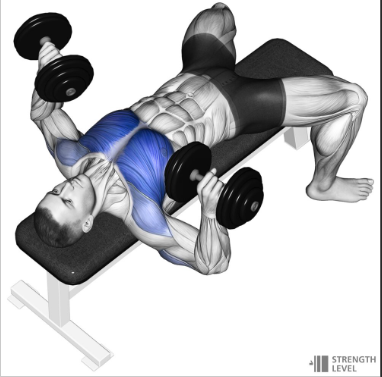
Barbells
Barbells are highly effective for activating large muscle groups and allowing for heavier lifts. When performing compound movements like squats, deadlifts, and bench presses with a barbell, the body can engage multiple muscles simultaneously, leading to significant strength gains. Barbell exercises tend to focus more on primary muscle groups, providing a powerful stimulus for muscle growth and strength. For instance, a barbell squat effectively targets the quads, hamstrings, glutes, and lower back, making it a staple in many strength training programs.
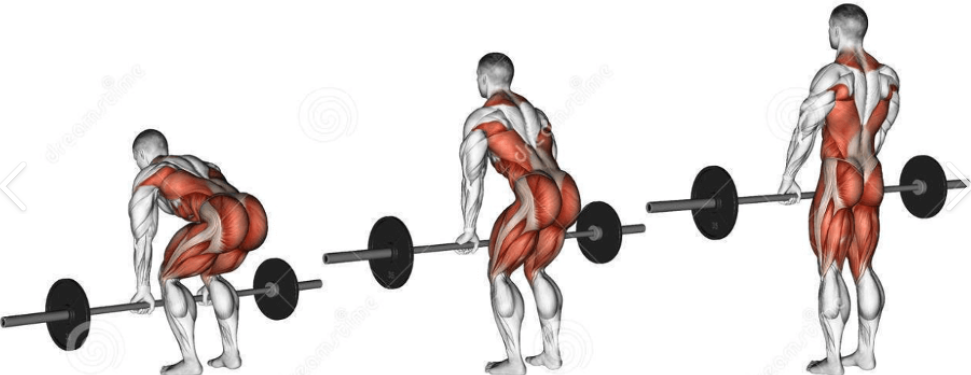
Conclusion
In the comparison of dumbbells vs barbells, both types of equipment offer distinct advantages for muscle activation. Dumbbells are excellent for engaging stabilizer muscles and improving muscle coordination, while barbells are superior for targeting large muscle groups and maximizing strength gains. Incorporating both into your workout routine can provide a balanced approach to muscle activation, helping you achieve comprehensive fitness goals.
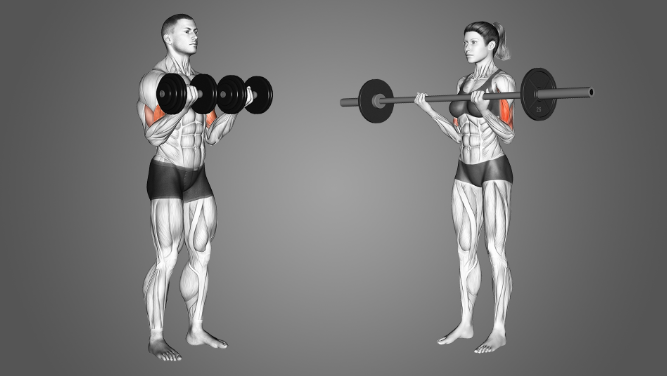
Balance and Coordination: Dumbbells
Balance and coordination are key components of any effective workout routine. However, greater muscle activation is usually accompanied by greater stabilization needs, and so the dumbbells take it once again. Understanding how dumbbells and barbells impact these aspects can help you tailor your training for better overall athleticism.
Dumbbells
Dumbbells are particularly beneficial for improving balance and coordination. Since each arm works independently, exercises with dumbbells require greater stabilization, engaging more muscles to maintain proper form. This unilateral training helps in correcting muscle imbalances and enhances neuromuscular coordination. For instance, performing a dumbbell lunge not only targets the legs and glutes but also challenges your core and stabilizing muscles to maintain balance.

Barbells
Barbells also play a role in developing balance and coordination, especially in compound movements. However, the nature of barbell exercises often means that the weight is distributed more evenly across the body. This can make it easier to balance the weight compared to dumbbells. Exercises like the barbell squat or deadlift require a different type of coordination, focusing on maintaining proper alignment and form under heavier loads. While they may not engage stabilizer muscles to the same extent as dumbbells, they are crucial for building overall strength and coordination.
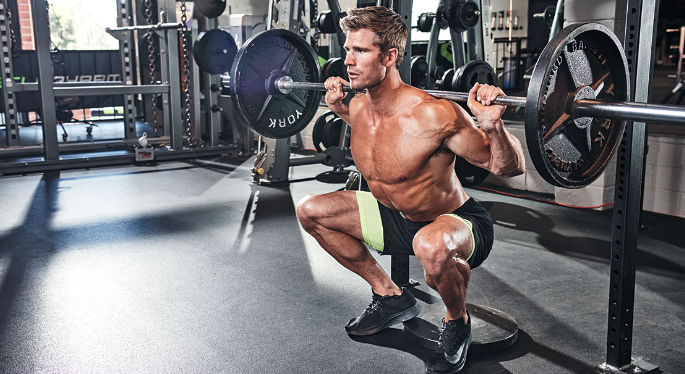
Conclusion
In the debate of dumbbells vs barbells, both contribute to balance and coordination in unique ways. Dumbbells excel in enhancing stabilization and correcting muscle imbalances, while barbells are essential for coordinating heavy lifts and maintaining proper form. Integrating both types of equipment into your training can provide a comprehensive approach to improving balance and coordination, ultimately enhancing your overall athletic performance.

Strength Progression: Dumbbells
I swear I am not biased. Strength progression is a fundamental aspect of any fitness program. But anyone who has ever walked in the gym knows that adding 2.5 pounds (Yes, I am an American) to a barbell is actually adding 5 pounds total, while with dumbbells, it is more incremental. Knowing how dumbbells and barbells contribute to this progression can help you plan your workouts more effectively.
Dumbbells
Dumbbells offer a flexible approach to strength progression. They come in various weights, allowing for incremental increases that can help in gradually building strength. This is particularly useful for beginners who need to make small, manageable increases in resistance. Moreover, dumbbells promote balanced muscle development by enabling unilateral exercises, ensuring both sides of the body progress equally. For example, adding small increments in weight to dumbbell shoulder presses can steadily enhance shoulder strength without overwhelming the muscles.

Barbells
Barbells are exceptional for significant strength gains due to their capacity to hold heavier weights. This makes them ideal for compound lifts like squats, deadlifts, and bench presses, which are critical for building overall strength and muscle mass. Barbells allow for a more straightforward method of progression, as you can easily add weight plates to increase resistance. This makes tracking and achieving strength milestones more convenient. For instance, adding weight plates to a barbell for squats enables lifters to progressively overload their muscles, a key principle for strength gains.

Conclusion
In the comparison of dumbbells vs barbells, both offer valuable pathways for strength progression. Dumbbells provide flexibility and are excellent for balanced strength development through incremental increases. Barbells, on the other hand, are unparalleled for substantial strength gains and ease of progressive overload. Combining both in your training regimen can optimize your strength progression, catering to both gradual and significant increases in resistance.
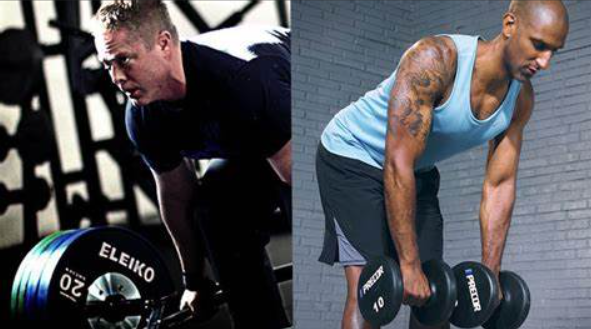
Injury Risk: Dumbbells
Injury prevention is a crucial consideration when choosing between dumbbells and barbells. Generally, dumbbells are considered safer due to their independence, which allows the user to just drop the weight. This is opposed to a barbell, who requires both hands to hold and so it hovers over the body for balance. Understanding the differences in injury risk associated with each type of equipment can help you make safer workout choices.
Dumbbells
Dumbbells are generally considered safer for beginners and those with limited experience in weight training. The independent nature of dumbbells allows for a greater range of motion, which can reduce stress on joints. Additionally, the lighter starting weights and incremental increases make it easier to progress without overloading the muscles and tendons. However, because dumbbells require more stabilization, improper form can lead to strain or injury. It’s essential to maintain proper technique to avoid issues like shoulder or wrist strain.

Barbells
Barbells, while excellent for heavy lifting, come with a higher risk of injury, particularly for those new to weight training or lacking proper form. The fixed position of a barbell can place more stress on certain joints and muscles, especially during heavy lifts. Common injuries include lower back strain from improper deadlift technique or shoulder injuries from poor bench press form. The heavier weights used in barbell exercises also increase the potential for injury if the lifter is not adequately prepared. Proper training, supervision, and gradual progression are vital to minimize these risks.

Conclusion
In the debate of dumbbells vs barbells, both have specific injury risks that should be considered. Dumbbells offer a safer option for beginners due to their flexibility and lighter starting weights, but still require attention to form. Barbells, while beneficial for heavy lifting and strength gains, present a higher risk of injury if not used correctly. To mitigate these risks, it’s crucial to focus on proper technique, gradual progression, and, when necessary, seek guidance from a trainer. Balancing the use of both types of equipment can provide a comprehensive approach to strength training while minimizing the risk of injury.

Space and Storage: Dumbbells
Space and storage considerations are important when choosing between dumbbells and barbells, especially for home gym setups. However, the smaller compactness which is the very fundamentals of dumbbells makes it FAR more convenient to store than a barbell, unless there are those of you who possess a 7 by 3-foot closet. Understanding the requirements for each can help you make the most of your workout area.
Dumbbells
Dumbbells are compact and generally require less space than barbells. They can be easily stored on racks or shelves, making them ideal for home gyms with limited space. Adjustable dumbbells are even more space-efficient, allowing you to have a wide range of weights in a single pair. This versatility and compactness make dumbbells a practical choice for those who need to optimize their workout area without sacrificing the variety of exercises they can perform.
.
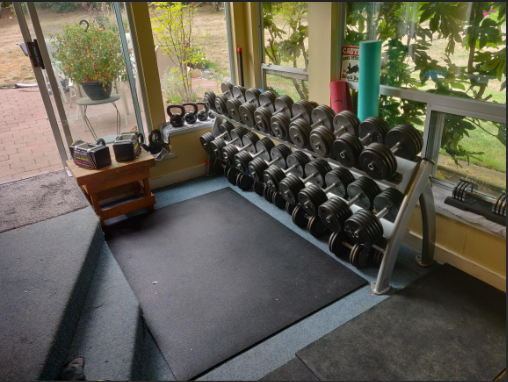
Barbells
Barbells and their associated equipment, such as weight plates and racks, require more space and careful planning for storage. A typical barbell is around seven feet long, and additional space is needed for weight plates and a secure storage rack. If you include a bench and a power rack, the space requirements increase significantly. While barbells offer unmatched benefits for heavy lifting and strength training, they are better suited for larger home gyms or dedicated workout spaces where storage and usage won’t be constrained.

Conclusion
In the comparison of dumbbells vs barbells, space and storage play a crucial role in determining which equipment is more suitable for your home gym. Dumbbells, particularly adjustable ones, offer a compact and versatile solution, making them ideal for smaller spaces. Barbells, while requiring more room and proper storage solutions, provide the benefits of heavy lifting and comprehensive strength training. Assessing your available space and storage capabilities will help you decide which equipment best fits your needs and helps you achieve your fitness goals.
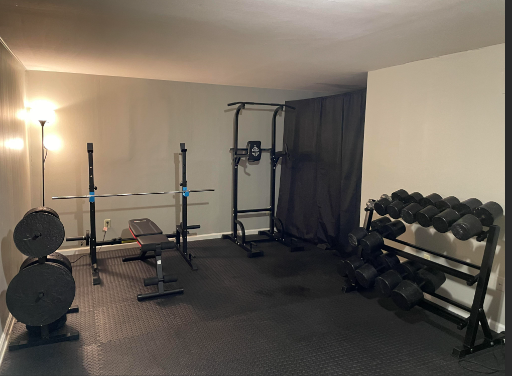
Cost and Accessibility: Dumbbells
Cost and accessibility are important factors to consider when choosing between dumbbells and barbells. Generally, dumbbells have been known to be cheaper than barbells. From personal experience, I had first started at a home gym, and so dumbbells were my immediate go-to option. Knowing the differences in price and availability can help you make an informed decision that fits your budget and training needs.
Dumbbells
Dumbbells are generally more accessible and come in a wide range of prices, making them suitable for various budgets. Basic fixed-weight dumbbells can be purchased individually or in sets, often at a relatively low cost. Adjustable dumbbells, while more expensive upfront, provide multiple weight options in a single pair, offering long-term savings and space efficiency. Dumbbells are widely available at sporting goods stores, online retailers, and even second-hand, making them an easily accessible option for most people.
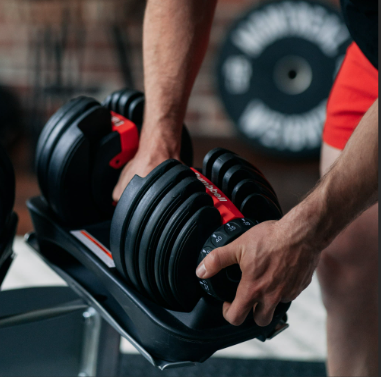
Barbells
Barbells typically involve a higher initial investment due to the cost of the barbell itself, weight plates, and any additional equipment like racks or benches. High-quality barbells and plates can be quite expensive, but they are durable and can last a lifetime with proper care. While barbells are available at many sporting goods stores and online, their larger size and weight can make them less accessible for some home gym setups, especially those with limited space or budget.
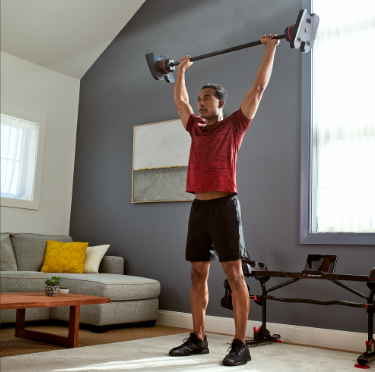
Conclusion
In the comparison of dumbbells vs barbells, both cost and accessibility play significant roles. Dumbbells offer a more budget-friendly and accessible option, with various price points and availability making them ideal for a wide range of users. Barbells, while requiring a higher initial investment, provide durability and are essential for heavy lifting and serious strength training. Evaluating your budget, space, and training goals will help you decide which equipment best suits your needs.
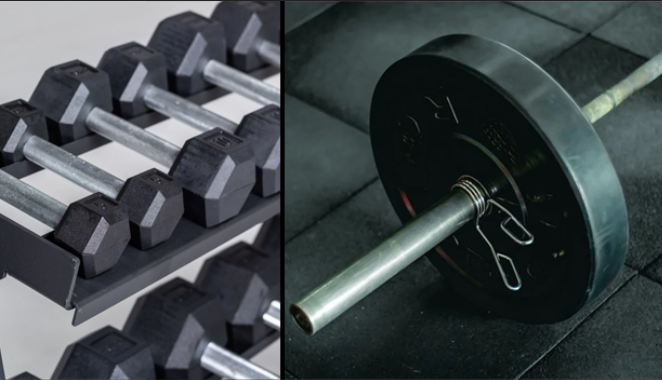
Training Goals: Barbell
Finally, I was beginning to think this article was a waste of time. Your training goals play a pivotal role in determining whether dumbbells or barbells are more suitable for your workouts. However, the 3 Big Lifts are commonplace in most gym settings, and so a barbell is more accustomed to being the desired method towards achieving these goals. Understanding how each type of equipment aligns with different fitness objectives can help you make the best choice.
Dumbbells
Dumbbells are highly versatile and can cater to a variety of training goals. They are particularly effective for:
- Hypertrophy: Dumbbells allow for a wide range of motion and isolation exercises, making them ideal for targeting specific muscle groups and promoting muscle growth.
- Endurance: Light to moderate weight dumbbells are perfect for high-repetition workouts that improve muscular endurance.
- Functional Training: Dumbbells are great for functional exercises that mimic everyday movements, enhancing overall strength and coordination.
- Rehabilitation: Due to their adjustable weights and ease of handling, dumbbells are often used in rehabilitation programs to aid recovery from injuries.
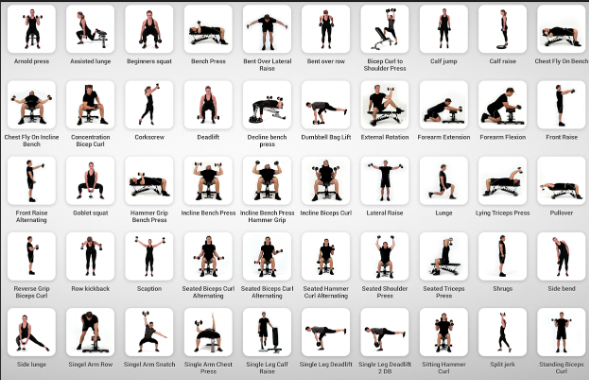
Barbells
Barbells are essential for those with specific strength training and powerlifting goals. They are particularly suited for:
- Strength Building: Barbells allow for lifting heavier weights, making them ideal for building maximum strength through compound movements like squats, deadlifts, and bench presses.
- Powerlifting: Essential for competitive powerlifting, barbells are used to perform the three main lifts—squat, bench press, and deadlift.
- Muscle Mass: Heavy barbell lifts stimulate significant muscle growth due to the ability to overload muscles effectively.
- Athletic Performance: Barbells are used in various athletic training programs to enhance explosive power and overall athletic performance.

Conclusion
In the debate of dumbbells vs barbells, your training goals will largely dictate which equipment is more suitable. Dumbbells offer versatility and are excellent for hypertrophy, endurance, functional training, and rehabilitation. Barbells are unmatched for building strength, powerlifting, muscle mass, and enhancing athletic performance. By aligning your equipment choice with your specific fitness objectives, you can optimize your workouts and achieve your goals more efficiently.
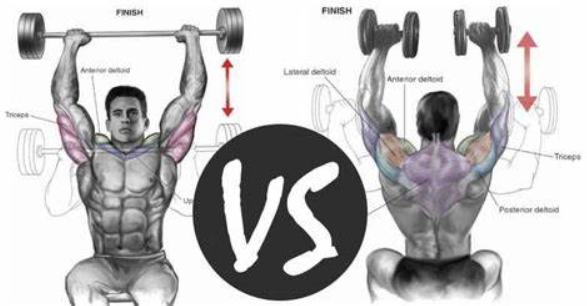
Workout Efficiency: Barbells
Workout efficiency is crucial for maximizing the effectiveness of your training sessions, and so it stands to reason that having to do each arm independently with a dumbbell will cause a longer overall workout time, leading to decreased workout effiency. Understanding how dumbbells and barbells contribute to workout efficiency can help you choose the right equipment for your fitness goals.
Dumbbells
Dumbbells offer several advantages that enhance workout efficiency:
- Time Management: Dumbbells allow for quick transitions between exercises, which can save time during workouts. This is beneficial for circuit training or interval workouts where you need to move efficiently between different exercises.
- Convenience: They are easy to use and require minimal setup, making them convenient for home workouts or busy gym environments.
- Range of Motion: Dumbbells promote a fuller range of motion in exercises, which can lead to better muscle activation and development compared to some barbell exercises.
- Variety: With dumbbells, you can perform a wide variety of exercises targeting different muscle groups, promoting overall fitness and muscle balance.
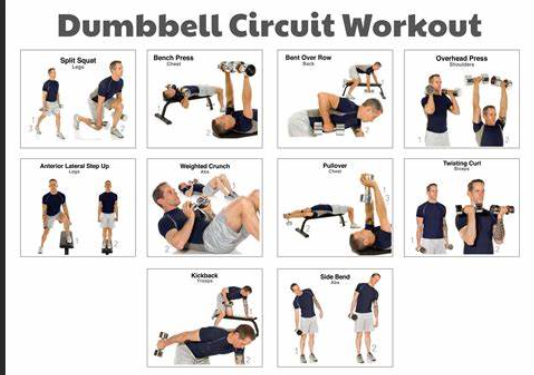
Barbells
Barbells also contribute to workout efficiency in unique ways:
- Heavy Lifting: Barbells are ideal for heavy lifting and strength training, allowing you to lift heavier weights safely and effectively.
- Compound Movements: They excel in compound exercises like squats, deadlifts, and bench presses, which engage multiple muscle groups simultaneously, saving time by working several muscles with each lift.
- Progressive Overload: Barbells facilitate easy progression by allowing you to incrementally increase weight, which is essential for building strength and muscle mass efficiently.
- Equipment Setup: While barbells require more initial setup with weight plates and possibly a rack, once set up, they streamline the process of performing lifts without needing to adjust weights constantly.
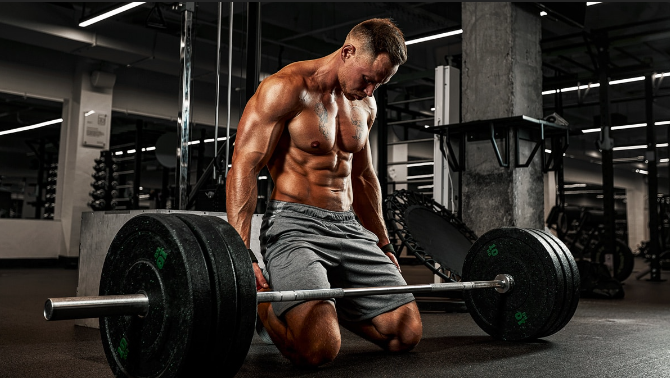
Conclusion
When comparing dumbbells vs barbells for workout efficiency, both types of equipment offer distinct advantages. Dumbbells excel in convenience, quick transitions between exercises, and promoting a wide range of motion. They are ideal for circuit training, home gyms, and achieving muscle balance. Barbells are superior for heavy lifting, compound movements, and progressive overload, making them essential for strength training and muscle mass development. Choosing between them depends on your specific fitness goals, workout preferences, and available space, ensuring you maximize efficiency and effectiveness in your training regimen.
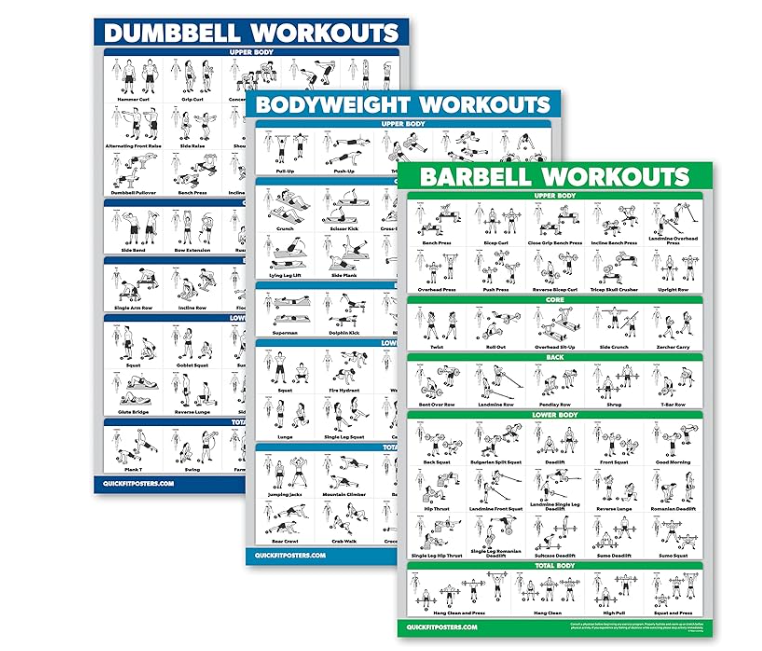
Specific Use Cases: Dumbbells
Understanding the specific use cases for dumbbells and barbells can help you determine which equipment is best suited for your individual fitness needs and goals.
Dumbbells
Dumbbells are versatile and suitable for various specific use cases:
- Beginner-Friendly: Dumbbells are often recommended for beginners due to their ease of use, lighter starting weights, and ability to perform a wide range of exercises with proper form.
- Home Workouts: They are ideal for home gym setups due to their compact size and minimal storage requirements. Adjustable dumbbells, in particular, offer space-efficient solutions for home exercisers.
- Isolation Exercises: Dumbbells are excellent for isolating specific muscle groups, making them ideal for exercises like bicep curls, lateral raises, and tricep extensions.
- Rehabilitation: Their adjustable weights and ability to perform unilateral exercises make dumbbells suitable for rehabilitation and recovering from injuries by targeting specific muscle groups at a controlled pace.

Barbells
Barbells are indispensable for specific use cases that focus on strength and powerlifting:
- Strength Training: Barbells excel in building overall strength through compound movements like squats, deadlifts, and bench presses, which engage multiple muscle groups simultaneously.
- Powerlifting: They are essential for competitive powerlifting due to their ability to handle heavy weights and strict adherence to standardized lifts (squat, bench press, deadlift).
- Muscle Mass: Barbells are effective for muscle hypertrophy and gaining mass by allowing lifters to progressively overload muscles with heavier weights over time.
- Athletic Performance: They are used in sports-specific training programs to enhance explosive power, strength, and performance in athletes.

Conclusion
In the comparison of dumbbells vs barbells, understanding their specific use cases is crucial for tailoring your workout routine to meet your fitness goals. Dumbbells are versatile, beginner-friendly, and ideal for home workouts and rehabilitation. They excel in isolation exercises and provide a safe introduction to strength training. Barbells, on the other hand, are indispensable for building strength, powerlifting, gaining muscle mass, and enhancing athletic performance. Choosing between them depends on your training experience, specific fitness objectives, and access to space and equipment.
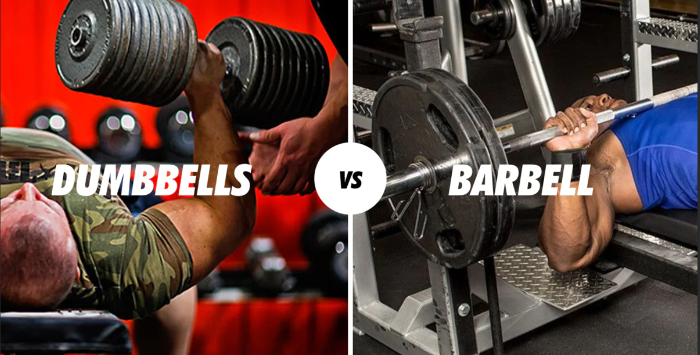
Conclusion: W Dumbbells
Ah, the age-old dilemma of dumbbells versus barbells – a decision that can shape your fitness journey in more ways than one. As we’ve delved into the nitty-gritty of these iron warriors, one thing is clear: each holds its own in the quest for strength, muscle, and overall fitness prowess.
Versatility and Convenience: Dumbbells are like the Swiss army knives of the gym world – compact, adaptable, and ready to tackle a myriad of exercises. Whether you’re starting out on your fitness journey or fine-tuning your muscle balance, dumbbells offer a friendly handshake. They’re perfect for home workouts, allowing you to squeeze in a sweat session without hogging the living room.
Raw Strength and Power: Now, let’s talk barbells. These bad boys mean business. Picture yourself under the bar, loading up weight plates that announce your readiness to conquer gravity itself. Barbells are the cornerstone of strength training, inviting you to lift heavy, lift smart, and unleash the power within. From squats that sculpt your legs to bench presses that redefine your chest, barbells elevate your game with each rep.
Safety and Injury Prevention: Safety first, they say – and rightly so. Dumbbells, with their independent nature, reduce the risk of overstraining one side of your body. They’re the gentle guide for beginners and the trusted ally in rehabilitation. Barbells, while powerful, demand respect. Proper form and technique are your shields against potential injuries, ensuring you lift safely and effectively.
Cost and Accessibility: Your wallet’s whispering – we get it. Dumbbells offer a range of options to fit every budget, from basic sets to futuristic adjustable models. They’re the thrift store find of fitness equipment, available at your local gym or just a click away online. Barbells, though pricier upfront, are a long-term investment in strength. Think of them as the Rolls-Royce of your gym arsenal – built to last and built to perform.
Workout Efficiency: Time is of the essence, and both dumbbells and barbells respect that. Dumbbells shine in quick transitions and varied movements, ideal for circuit training bursts that keep your heart racing. Barbells streamline strength gains with compound lifts that target multiple muscle groups in one fell swoop. Efficiency meets intensity, ensuring every minute counts toward your fitness goals.
Specific Use Cases: Your goals, your rules. Dumbbells cater to the jack-of-all-trades, perfect for sculpting muscles, boosting endurance, and refining balance. They’re the multitaskers you can’t live without, whether you’re toning up at home or adding variety to your gym routine. Barbells, on the other hand, are the heavy hitters, the champions of strength training, and powerlifting. They’re your ticket to lifting heavier, lifting stronger, and taking your fitness game to new heights.
I think through this article it has been made painstakingly aware that dumbbells are the clear victor, with their ease and specificity of use, compact convenience, and incremental overload in comparison to barbells. In the grand arena of fitness, the choice between dumbbells and barbells isn’t just about equipment – it’s about aligning with your ambitions and setting the stage for success. Some swear by the versatility of dumbbells; others find solace in the sheer power of barbells. But why choose when you can conquer both? Many fitness aficionados blend these titans, leveraging the strengths of each to craft a balanced, effective workout regimen.
So, whether you’re pumping iron in your garage, crushing goals at the gym, or finding your stride in the comfort of home, remember this: the best workout is the one that fires up your passion, challenges your limits, and leaves you stronger, inside and out. Dumbbells, barbells – they’re more than tools; they’re your partners in the pursuit of a fitter, healthier you. Embrace them, master them, and enjoy the journey – because in the end, it’s not just about the weights you lift, but the strength you build along the way.
Choose wisely, lift boldly, and here’s to smashing those fitness goals, one rep at a time!




